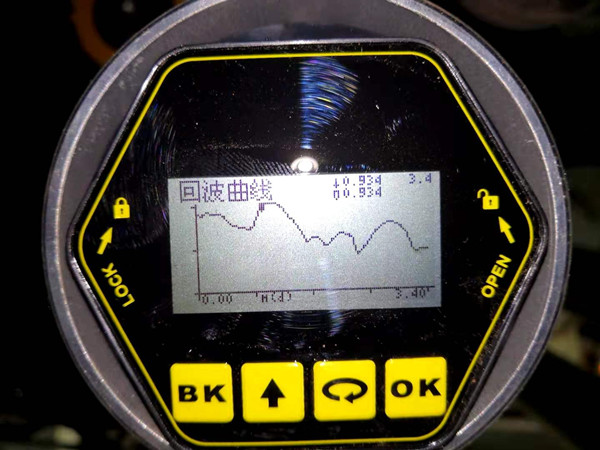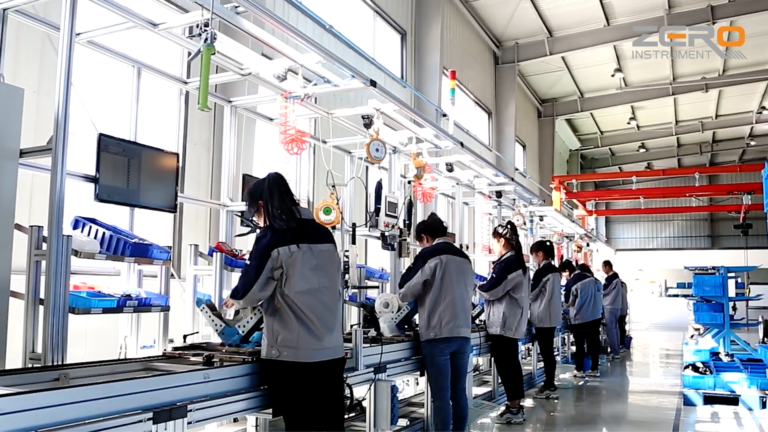In the field of level measurement, radar level meters are favored for their non-contact measurement, high accuracy and strong adaptability.
However, like any technology, its performance is also affected by some interferences, one of which is the so-called “false echo”.
This phenomenon may lead to misreading of the level and affect the effectiveness of the entire measurement system.
This article aims to explore the causes of false echoes in radar level meters and provide corresponding solutions.

Radar level meters measure material levels by transmitting microwave signals and receiving their reflected echoes. The instrument records the time from transmission to reception and converts it into material level height.
The key is that it only focuses on the main echo from the surface of the medium and ignores all other reflections. False echo, as the name suggests, refers to any other reflected microwave signal received by the radar level meter in addition to the main echo.
These reflections may come from the internal structure of the instrument, obstacles in the container, or signal scattering caused by the characteristics of the medium itself. False echoes may be mistaken by the equipment as the real level, resulting in erroneous measurement results.

The causes of false echoes are as follows:
1. Container effect: The inner wall, beams or other internal structures of the container may cause multiple reflections of the microwave signal, resulting in false echoes.
2. Medium characteristics: The uneven surface of the medium, the stacking angle, the particle size or the low dielectric constant may cause signal scattering.
3. Environmental factors: External environmental conditions such as the presence of nearby equipment and the accumulation of materials on the container wall may also cause false echoes.
4. Installation problems: If the installation location of the radar level meter is not selected properly, such as aiming at obstacles or too close to the container wall, false echoes may also be received.

So how to identify and overcome false echoes?
1. Optimize the installation location: Choose a suitable installation location to reduce the impact of external interference and the internal structure of the container on the microwave path.
2. Adjust instrument parameters: Modern radar level meters usually have the function of automatically identifying and suppressing false echoes, and the performance can be optimized by adjusting relevant parameters.
3. Use high-performance antennas: Select high-gain, directional antennas to reduce beam width and reduce the reception of false echoes.
4. Regular maintenance: Clear obstacles around the device and keep the measurement environment clean, which helps reduce the occurrence of false echoes.

Although the accuracy of radar level meters is affected by many factors, users can significantly improve the accuracy of measurements by understanding the causes of false echoes and taking appropriate preventive and improvement measures.
With the continuous advancement of technology, future radar level meters will be more intelligent, able to more effectively identify and eliminate false echoes, and provide users with more reliable and efficient level measurement solutions.
